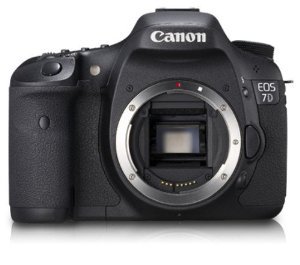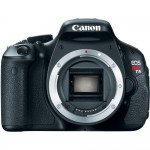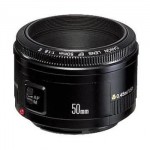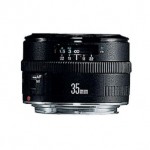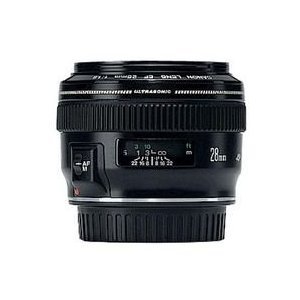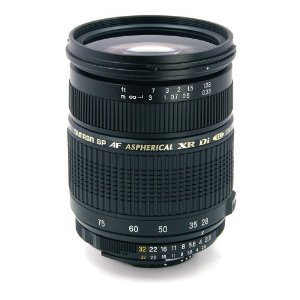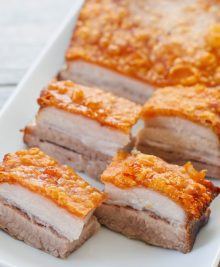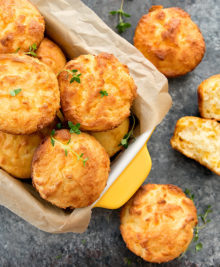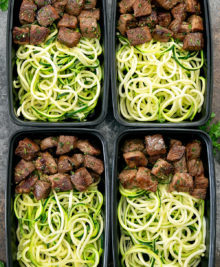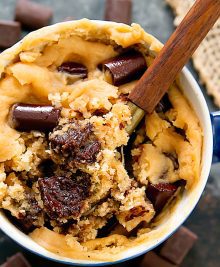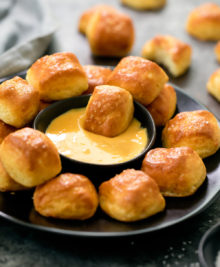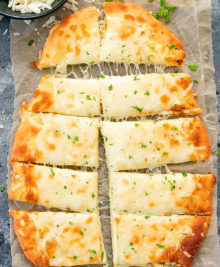Photography Equipment
(Last Updated 2/15/13)
I’m often asked as to the camera equipment I use to take the photos for this blog. I’m happy to hear that many people like my photos but I’m definitely not an expert. I haven’t taken any photography classes. Everything I’ve learned has been from reading photo tips on various websites and just practicing. For those of you who are interested, this is the equipment I use and my thoughts on each one. I bought all my photography gear from Amazon, which usually has the best prices.
DSLR cameras and lenses
Since I started getting into cameras, I’ve found myself spending an increasingly large amount of money on them because I keep outgrowing them and wanting to update to the latest one. I started with the basic entry Canon Rebel DSLR, then I upgraded to the T2i. And then I started looking at the 7D and 60D. The 60D was cheaper, but I realized I would soon outgrow it, so I might as well take the plunge with the 7D. And it’s definitely lasted me quite a while. I do want to eventually one day upgrade to the Canon Mark III, but that’s quite a long ways off.
Cons: The Canon 7D is quite a bit heavier than the T2i or the 60D. Another annoying thing is that it uses Compact Flash cards, so when I started using it, I had to buy a bunch of those instead of using my previous SD cards. I also had to buy a CF card reader.
Pros: What I love about the Canon 7D though is the 19 cross-type AF sensors, something neither the T2i or 60D come close to (the 60D offers 9). It really allows you to get the focus, sharpness and precision you want to capture, even for objects that are quite hard to get on camera like milkshakes, whipped cream, etc. Whenever I go back to the T2i, the thing I miss most are those 19 cross focus points.
Overall: I really love my 7D. I definitely see the difference between the images I capture on the 7D versus the T2i. I’ve been quite happy with the camera and try to bring it everywhere, though it can get heavy. It works really great in low light restaurant settings. If you have the money to invest and don’t want to keep upgrading your camera, this is a good one to consider.
I actually have the T2i, but I’m going to link to the T4i because it is the newer version of my old one. This is a great first DSLR camera for those wanting to venture into this territory. I used to use this DSLR for most of my cooking/baking shots as well as restaurants with low lighting. This camera has amazing specs for a very good price. As a result, it’s quite a popular camera for food bloggers. One of the things I was looking for was a higher iso range without it being too noisy. This is needed for low light situations. I was having a really hard time taking restaurant photos without flash until I bought this camera. The iso goes up to 6400 and while it is a little noisy at 6400, the shots still come out pretty well. It also offers 18 MP and records videos at 1080 HD. If you are going to get this camera, I recommend getting the body only and not the camera with the lens kit. The lens kit is really worthless. For my previous camera, I bought it with the lens kit and it is the one lens I never use. The pictures using the lens kit are almost the same as pictures using my point and shoot camera.
I don’t use this camera as much anymore since I updated to my 7D, but I still keep it around. I use it on vacation because my 7D is just too heavy. So all my Europe and Taiwan pictures were taken with my T2i.
Canon EF 50mm f/1.8 II Camera Lens
This was one of the first lenses I purchased and it’s a great everyday lens and portrait lens. It’s probably also the cheapest high quality lens that Canon carries. I use it at restaurants because it works well in low light setting since I can set the aperture at 1.8. There is a much more expensive similar lens, the 1.4/50mm, which I have been thinking of buying, but so far I haven’t pulled the trigger. If you buy one lens for your camera, I would suggest this one. One of the reasons it is so cheap is that it is made of plastic rather than glass.
Canon EF-S 60mm f/2.8 Macro Lens
This was my first big splurge based on recommendations by other food bloggers. If your focus is on photographing food, then you I’d recommend you splurge on a macro lens. I use this lens for all the food shots of my baked goods and other stuff I make at home. A macro lens allows you to capture the tiny details on a close up of a food image such as the bread crumbs on the bread.
Canon EF 35mm f/2 Wide Angle Lens
This is one of the lenses I now use at restaurants. I was finding it frustrating at restaurants that I could not properly capture an entire dish in my photo frame. Instead I could only capture part of the dish unless I stood far away from the food. A wide angle lens allows more to fit inside a photo frame. The 2.0 apeture allows me to photo well in low light. The 35mm means I can be up close and capture an entire dish while sitting at my dining table, without having to move the dish to the other side of the table or stand up. I use this camera for most of my restaurant photos now to capture the entire dish and then I will sometimes use the 50mm for more of a close-up of the dish.
Canon EF 28mm f/1.8 USM Wide Angle Lens
This is one of my most recent lens purchases. It’s similar to the 35mm lens above, so if I were to do it again, I would have just purchased the 28mm. But I discovered this lens after and it happened to be on sale. If price and weight is a concern, the 35mm is lighter and cheaper. Like the 35mm, this lens is also a wide angle lens which is heavier and actually bigger in size than the 35mm. It’s about the same length as my 60mm/2.8 macro lens. The benefits of course include an even wide frame that fits into your photo and slightly better ability to take photos in low light setting since it has an aperture of 1.8. It’s also far less noisier than the 35mm. I usually switch between the 35mm and 28mm lenses. I don’t carry both on me.
For my upcoming vacation, I was looking for a walk-around zoom lens so that I could capture landscape, building, and other things I wasn’t standing directly in front of. I’ve been pretty loyal to Canon, but with the specs for what I was looking for, the Canon lenses were simply too expensive and out of my budget. I got a recommendation to get this Tamron equivalent and I’m quite happy with the purchase especially since vacation or walk-around photos is not my primary focus. I would have liked an even greater zoom length, but this one properly captured almost everything I wanted to photograph on my trip. In addition, the 2.8 aperture is a big plus. A lot of the similarly priced canon lenses have an aperture of 3.5 to 5.6 (with 5.6 needed when you use the zoom), requiring a very bright day to capture images and making those lenses almost useless in low light situations. It also comes with a free lens hood, whereas you have to purchase the lens hood separately for the Canon lenses.
Mirrorless DSLRs
If you’re looking to invest in something greater than a point and shoot, but don’t want to spend as much as a classic DSLR, this is a great in-between camera. Unlike my previous experiences with the mirrorless DSLR cameras, I really like the picture quality of the Nex-5R. I also love how small and light the camera is.
Pros: My favorite feature about this camera is the size. The body of the camera is about the size of a point and shoot. It’s also very light and so are the lenses I own for it. It’s small enough for me to carry almost everywhere. It’s even significantly lighter and smaller than my other mirrorless camera, the Lumix GF1.
It has a great post processing program. The camera automatically will process the images after you shoot it and while most of my other cameras also have this feature, the Sony one has the best automatic post processing I’ve come across. Take a picture in yellowish dim restaurant lighting and the display is sharp, bright and eliminates most of the yellow light. The first time I was using this camera, I used it alongside my 7D. The images were actually displaying prettier in my Nex-5R than with my 7D. Of course after I went through Lightroom, the 7D images were still better, but I was still pretty impressed with what the Nex-5R came up with. I wasn’t the only one who noticed. I had the waiter take a picture of us at dinner and when he saw the displayed result, he was quite shocked. He said he’d never seen a camera work so well before.
That brings me to my next point. The camera functions are a lot more like the popular point and shoot cameras rather than DSLRs. This means I can hand it over to someone else to take a picture of me and DH without worrying or explaining. I’m always afraid to hand over my large DSLR because usually the person has no idea how to use it and the picture ends up blurry. But the Nex-5R works like a point and shoot.
It also has a lot of features you would only find in a point and shoot, such as wifi connection, touch screen, self portrait mode, panoramic mode.
It’s iso expands to 25600 which is quite high. Of course it’s also really really noisy at 25600 but I like that it is capable of capturing some sort of image in really dark/no light conditions at 25600 iso.
Cons: It doesn’t come with a separate battery charger. You have to charge the battery while it is still connected inside the camera with a little mini usb cable. You can buy a separate battery charger but I thought it was weird that it’s not automatic. My other DSLRs all come with a small battery charger so you can pop out the battery and charge it separately. Also for some reason, sometimes my camera won’t charge even when it’s plugged in. I have to unplug it and redo it and check to make sure the light goes on to indicate it is charging.
The touch screen isn’t as responsive as I would like. Sometimes it just won’t respond to my finger touches and I have to press using my nail even though the manual tells you not to do so.
I actually own the Panasonic Lumix GF1, but I believe this one I linked to is the latest. The lumix was one of mirrorless DSLR cameras, producing a camera half the size of a standard DSLR camera. I was definitely excited by the prospect of carrying around a lighter, smaller, less conspicuous camera while still getting the quality of photos I get from larger, full framed DSLR. After some positive reviews, I invited in one.
However, I never really fully fell in love with this. Yes, there is noticeable upgrade from point and shoot camera pictures, but not good enough to replace by DSLR. I rarely used this camera after awhile. Usually it’s the camera that DH plays around with.
Point and Shoot cameras
Canon S95
My brother got this camera for his birthday. It costs a lot more than your average point and shoot but it also takes better quality pictures. Sometimes when I don’t feel like taking out my big camera and he is around, I’ll use his camera. The camera has an option to adjust the aperture, but that function is basically useless. However it does have better low light capabilities and the picture quality is noticeably better over the cheaper point and shoots priced around $100. So if you are looking for something that is better than your average point and shoot with pretty good low light settings and you don’t want a dslr this may be a good camera for you.

